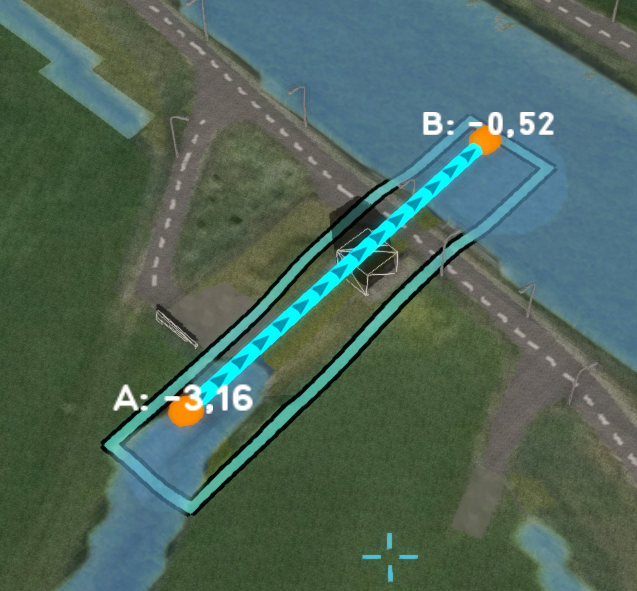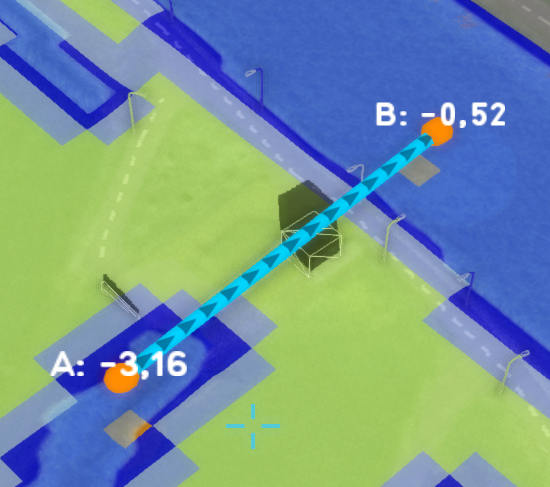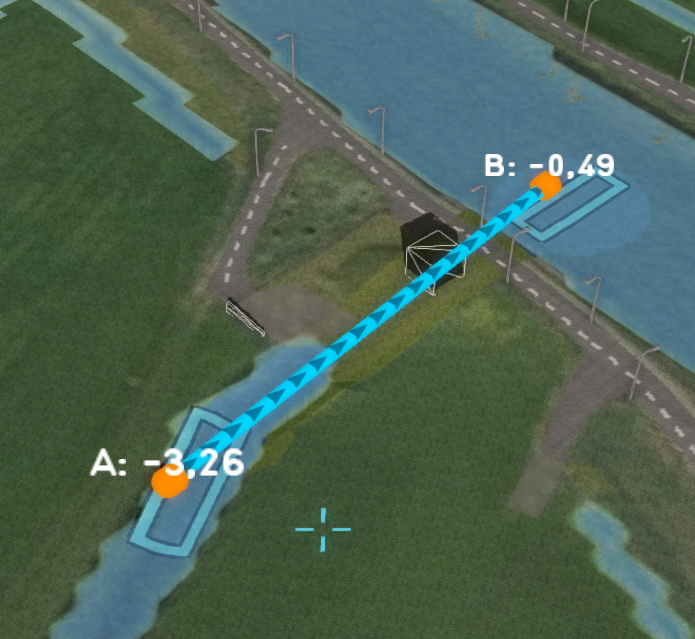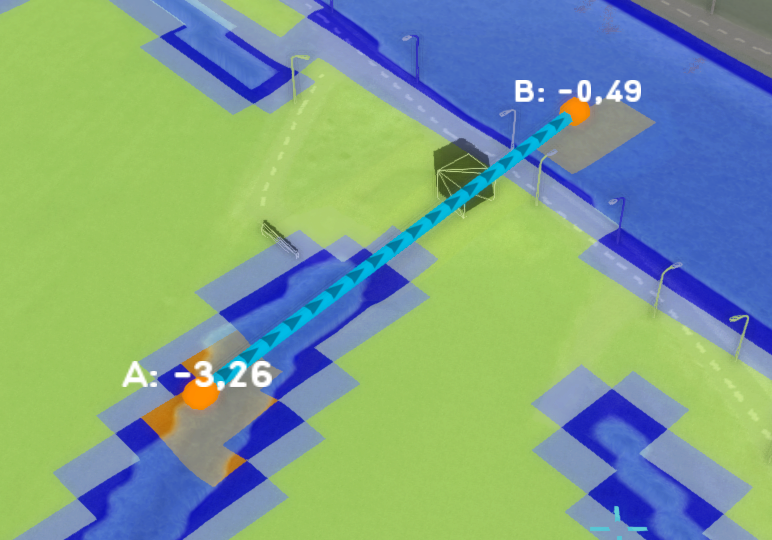Pump area (Water Overlay): Difference between revisions
Jump to navigation
Jump to search
No edit summary |
No edit summary |
||
| Line 17: | Line 17: | ||
|notes= | |notes= | ||
* Selecting this option is useful when the [[Pump q (Water Overlay)|PUMP_Q]] value is too large for a single cell. | * Selecting this option is useful when the [[Pump q (Water Overlay)|PUMP_Q]] value is too large for a single cell. | ||
* This requires the pump to consist of 2 discrete polygons. This can either be as a single section with 2 seperate polygons, or as 2 seperate sections with 1 polygon each. | |||
|troubles= | |troubles= | ||
* [[Troubleshoot: Configured lower threshold for pump is not reached]] | * [[Troubleshoot: Configured lower threshold for pump is not reached]] | ||
Latest revision as of 12:21, 24 April 2023
| Icon | Key | Unit | Range | Description | Default value |
|---|---|---|---|---|---|
| |
PUMP_AREA | boolean | When true the Pump is spread across the entire building surface. | 0 |
A pump consisting of one line area, with one entry point for the lower and one for the upper Water level areas. It only used a single cell to subtract water from, which might not be enough.
A pump consisting of two separate areas, one for the lower and one for the upper Water level areas. It uses a lower level threshold and requires multiple grid cells to subtract enough water. It is configured as a PUMP_AREA.
Notes
- Selecting this option is useful when the PUMP_Q value is too large for a single cell.
- This requires the pump to consist of 2 discrete polygons. This can either be as a single section with 2 seperate polygons, or as 2 seperate sections with 1 polygon each.








